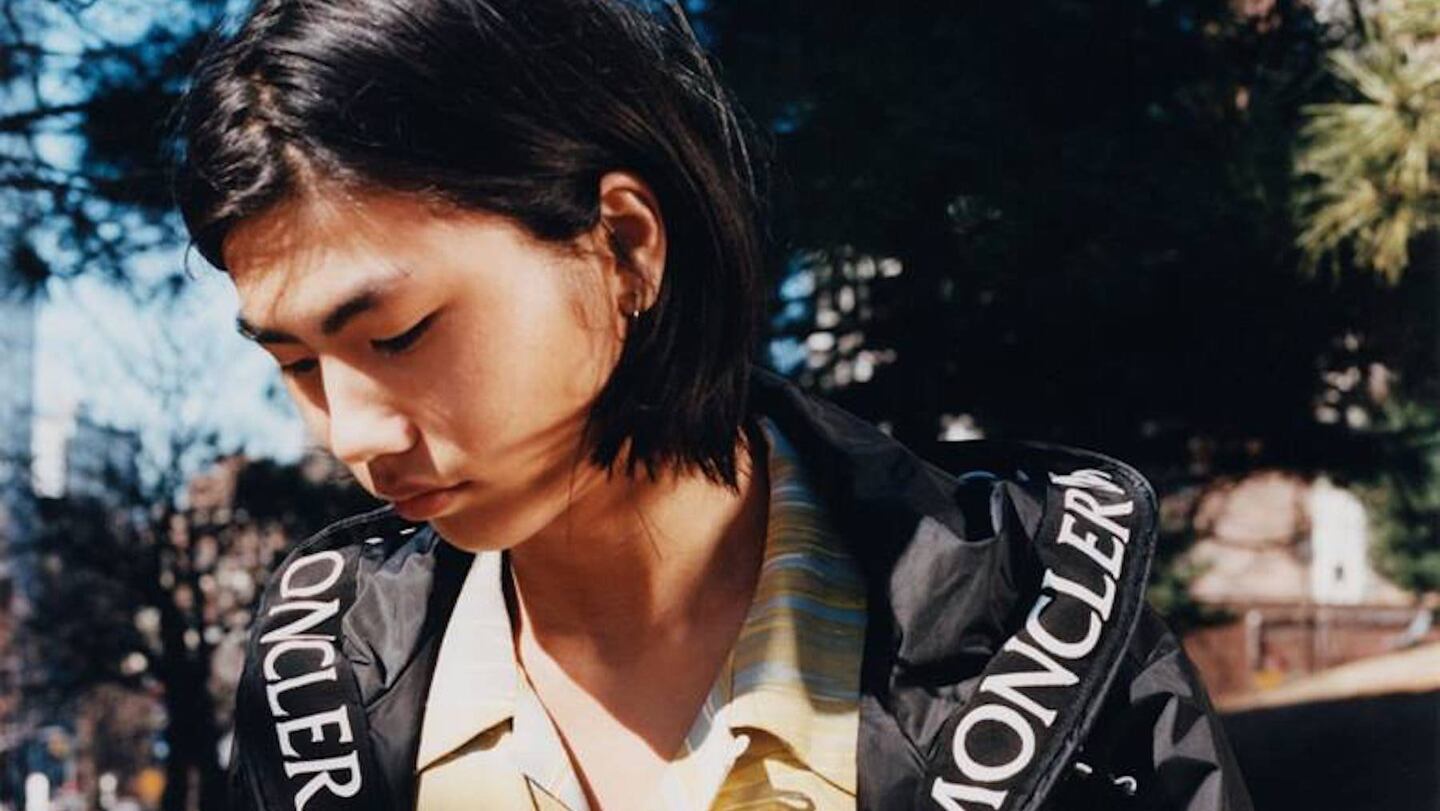
The Business of Fashion
Agenda-setting intelligence, analysis and advice for the global fashion community.

Agenda-setting intelligence, analysis and advice for the global fashion community.

MILAN, Italy — Italian label Moncler has already turned luxury fashion on its head by transforming casual skiwear into trendy items with its sleek puffer jackets.
Now it wants to lead the sector in fast-paced production, and Chief Executive Remo Ruffini said he hopes his company can one day offer new products for all of its down coat collections on a monthly basis.
The shift highlights luxury brands' race to adapt to changing shopping habits as the sector attracts younger consumers and those more influenced by the fast pace of social media, who are constantly seeking eye-catching new items.
Moncler has already announced that, under what it calls its "Genius" strategy, it will from June offer each month a limited edition collection of down jackets specially produced for the label by a world famous designer, starting with Japanese streetwear king Hiroshi Fujiwara.
ADVERTISEMENT
But the shift could be more wide-ranging, Ruffini said, eventually encompassing Moncler's main puffer ranges — which account for 80 percent of its sales — and which are now phased into stores on a more drawn-out basis.
The shift at Moncler comes as luxury firms face a challenge to stay fresh.
"I think and I hope that if everything goes well, we will work on a monthly basis for all collections," Ruffini told Reuters in an interview at Moncler's headquarters in Milan, adding that the overhaul was still in its early stages.
"When you go to a store in July you find one concept, and when you go in September you find a totally different one, the one launched in that moment," he said.
The overhaul also responds to a particular Moncler challenge: how to keep growing a business with a market value of 10 billion euros ($11.5 billion) that revolves around one star product, down jackets that can cost up to 2,000 euros.
Ruffini is credited with reviving the company after buying in 2003 what was then a French mountain gear brand on the verge of bankruptcy.
Adapting to the Genius plan involves an upgrade of technology and logistics, including investments in a new facilities centre in Piacenza, near Milan, tightening oversight of Moncler's supply chain and bringing quality control in-house.
"It's really challenging. It's a change of culture in the company from logistics to production," Ruffini said, adding that most of the manufacturing will remain outsourced so that Moncler can easily raise or cut production at will.
"Flexibility is particularly important when you think on a monthly basis," the 56-year-old Italian entrepreneur said.
ADVERTISEMENT
Since Ruffini snapped up Moncler, the company's valuation has soared and it now trades at a premium to many luxury peers.
Analysts have warned further upside could be limited, but are encouraged by the Genius strategy.
NEW ENERGY
Ruffini said Genius sales would be small, yet higher than the Gamme Bleu and Gamme Rouge catwalk collections which Moncler said in November would be phased out.
"It's not a matter of revenues and top line... it's to give energy to the brand," he said.
Analysts estimate those ranges accounted for less than 10 percent of Moncler's 1.2 billion euro in annual sales.
Despite the Instagram-friendly nature of glitzy launches planned in stores, Ruffini said he wanted Genius, and the brand as a whole, to appeal in the same way to "millennials and the ladies with the Hermes bag", but without being skewed towards younger generations, seen as more fickle.
"We believe the benefits from greater frequency drops far outweigh low probability execution risks from this revised approach," said Piral Dadhania, an analyst at RBC Capital Markets. "Over time we may see other luxury apparel brands follow."
ADVERTISEMENT
Luxury labels from Kering's Gucci to LVMH 's Louis Vuitton do several mid-season collections beyond the traditional two a year, though none match the frequency of Moncler's planned "Genius" collections.
"The main concern with Moncler is the fashion risk," said Chiara Rotelli, an analyst at Mediobanca. "The Genius project is reducing that concern ... showing that it is able to enlarge its proposition to reach a wider customer base."
Moncler's knitwear, shoes and accessories are also attracting more customers, but will never outshine the main product.
"I will always base my strategy on jackets, it's the uniqueness of Moncler," Ruffini said.
By Sarah White, Giulia Segreti and Claudia Cristoferi; editor: Susan Fenton.
As the German sportswear giant taps surging demand for its Samba and Gazelle sneakers, it’s also taking steps to spread its bets ahead of peak interest.
A profitable, multi-trillion dollar fashion industry populated with brands that generate minimal economic and environmental waste is within our reach, argues Lawrence Lenihan.
RFID technology has made self-checkout far more efficient than traditional scanning kiosks at retailers like Zara and Uniqlo, but the industry at large hesitates to fully embrace the innovation over concerns of theft and customer engagement.
The company has continued to struggle with growing “at scale” and issued a warning in February that revenue may not start increasing again until the fourth quarter.